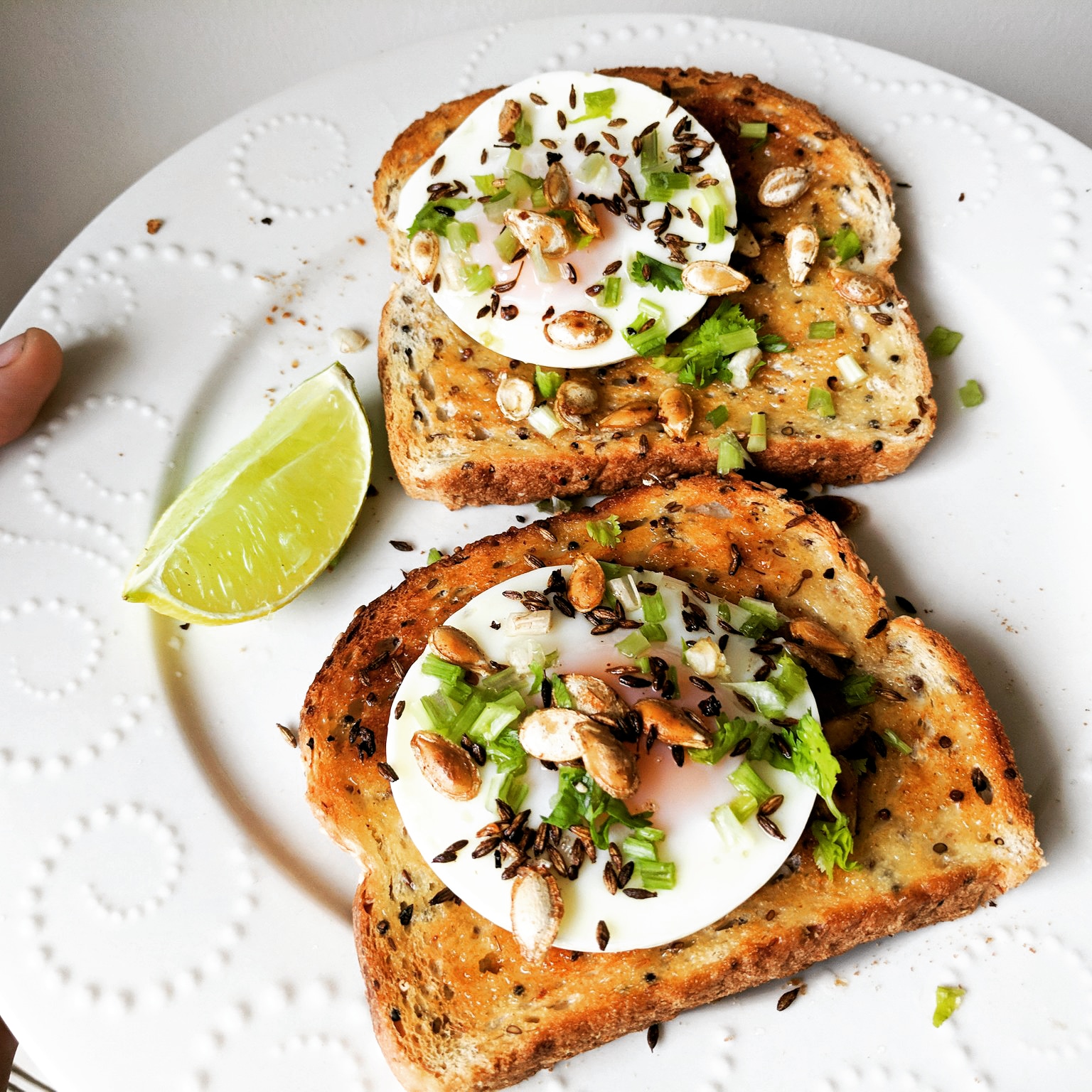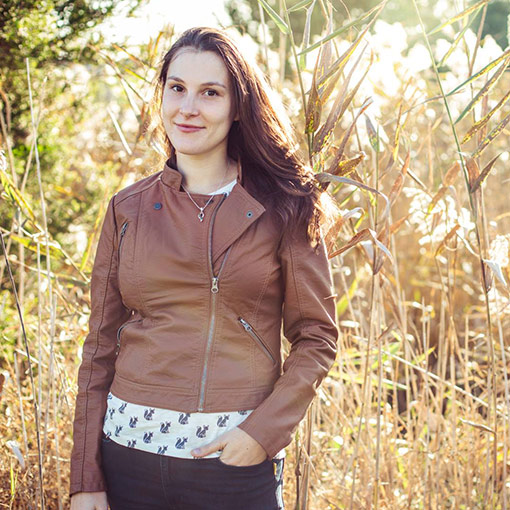Dad has a Scientific American subscription and whenever we see him he gives us the issues he’s finished with. Normally the thought of reading more non-fiction at the end of an editing day is too much to face, but when I saw this issue, boldly emblazoned with the words ‘It’s Not a Women’s Issue’ (September 2017), it fascinated me enough to take a closer look. And to write a bit of a different blog post, veering away from personal experience and toward personal opinion.
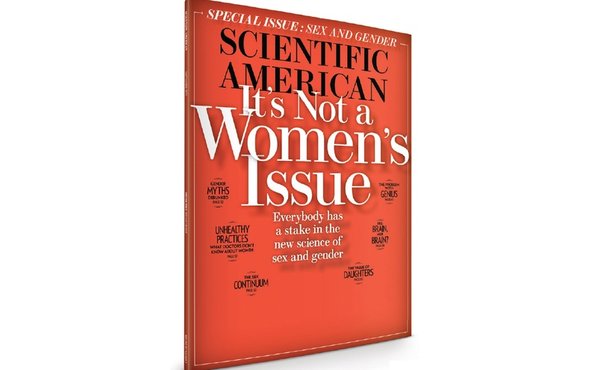
This issue is full of articles looking at sex and gender in our society. With the passing of gay marriage, society is finally starting to accept nonheterosexual orientations. But having broadened our acceptance of different sexualities, we now need to look to broadening our acceptance of nonbinary genders (and nonbinary sexes, for that matter). I was particularly interested in those articles that addressed just what determines our sex (a biological/physical characteristic) and gender (a psychological/social characteristic).
In high-school biology we were taught that the combination of sex chromosomes we are born with – XX or XY – determines our sex and, by implication, our gender. But it has long been clear to many of us – I’d say most, but I know I exist in a Facebook bubble – that there is far more to it. As I read through this issue, I was excited to find that there is now an increasingly large body of research proving this point not just on a psychological level, but on a biological level.

One article followed the research of neuroscientist Daphna Joel, who conducted a study to test the hypothesis that, rather than brains being characteristically ‘male’ or ‘female’, our brains are actually mosaics of male and female characteristics. She analysed MRI scans of over 1400 brains to identify traits with the greatest difference between males and females. She then assessed every individual brain to determine whether it was ‘internally consistent’ – that is, whether it contained either all male or all female characteristics.
Finding that many brains contained features from both ends of the spectrum and very few contained all male or all female characteristics, Joel concluded that ‘we all belong to a single, highly heterogeneous population’. Another scientist commenting on this research, Eliot Richardson, suggests that we need to stop using the term ‘dimorphism’ in relation to brains. Male brains and female brains are not two different structures – they are the same structure, with sex-related variance.
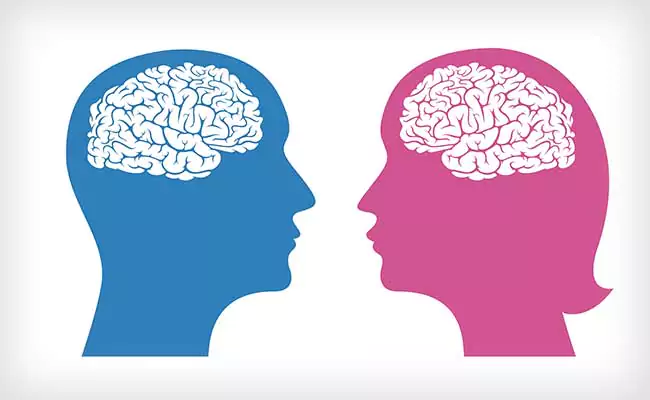
In another article, professor of developmental psychology Kristina Olson shares her experiences working with transgender children. There is a common belief that children who show traits characteristic of the opposite sex must be experimenting, or going through a phase, much like pretending to be an astronaut or conjuring an imaginary friend – that they can’t possibly know at such a young age that their gender does not match with their biologically assigned sex.
But Olson presents evidence to the contrary from the Trans Youth Project, an ongoing study of hundreds of transgender children. One of the most interesting findings is that, on measures of gender identity and preference, the performance of transgender children is statistically indistinguishable from that of their cisgender (those whose biological sex matches their gender) peers. Even on measures assessing reaction times rather than actual responses (we tend to react more quickly to images or situations we identify as 'like me'), these children clearly identify as transgender, suggesting that this identification runs beyond the conscious level.
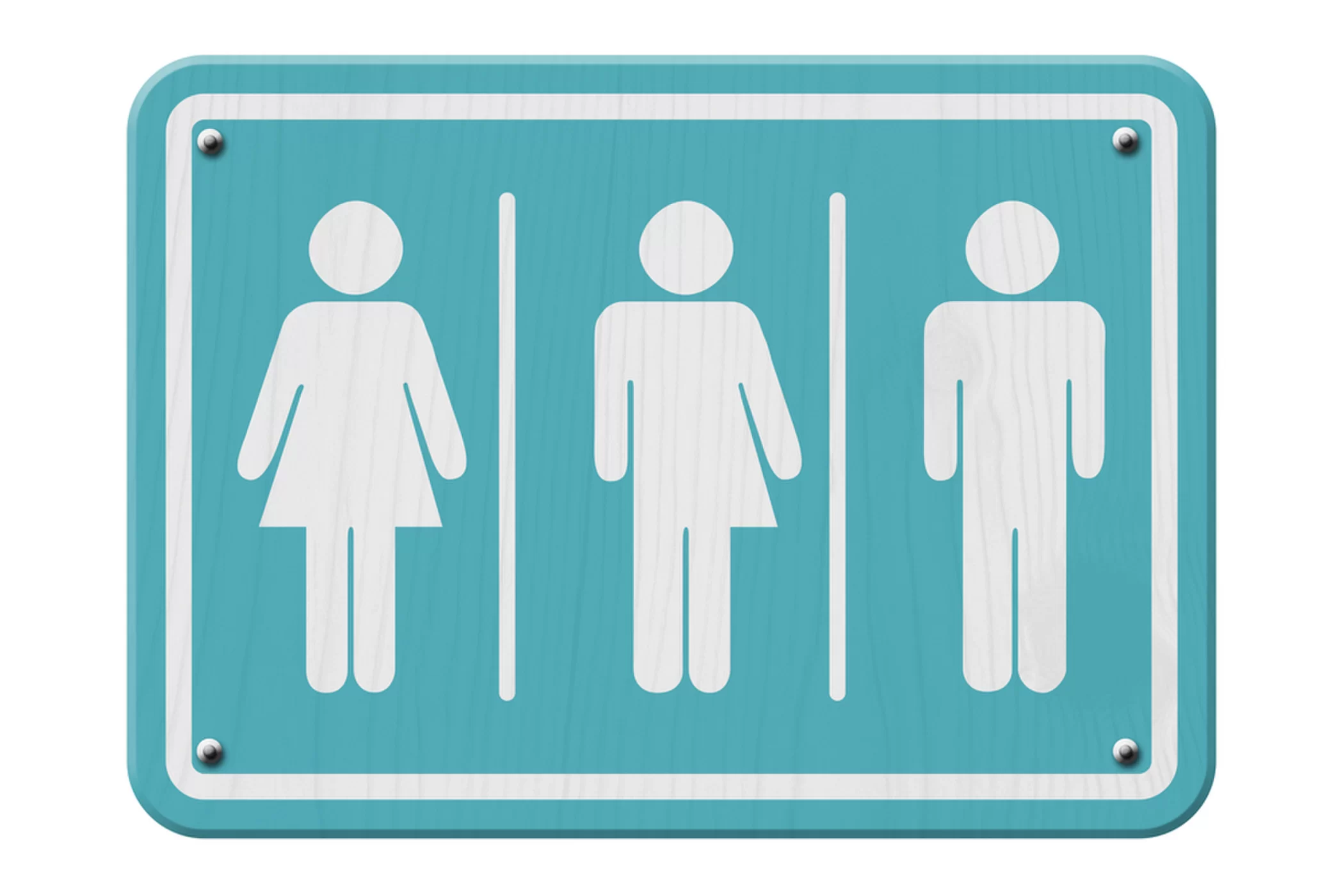
A third article looks at the genes influencing the expression of sex characteristics, indicating that, gender aside, even sex is far from dimorphic. Beyond the XX/XY level – which in itself fails to recognise alternative genotypes such as X or XXY, or even a mosaic – multiple other genes have been identified that influence hormone levels in the body and the expression of sexual characteristics.
As our understanding of the biological basis of sex and gender advances, evidence is accumulating that both exist on a spectrum. Perhaps the path to gender equality can be opened up by helping people understand that the separation between the genders is more of a construct than a biological reality.
So about that recipe...
This is the perfect use for your coriander ice blocks. If you're short on ingredients, it's great even with butter rather than the avocado and feta. We never really plan breakfast in advance, so this is a handy way to spice up eggs with stuff we've always got in the pantry, fridge and freezer. It's even better with pumpkin seeds instead of pepitas, so next time you cook with pumpkin don't forget to save those seeds! I'll share the easiest way to separate them from the pumpkin flesh soon.
